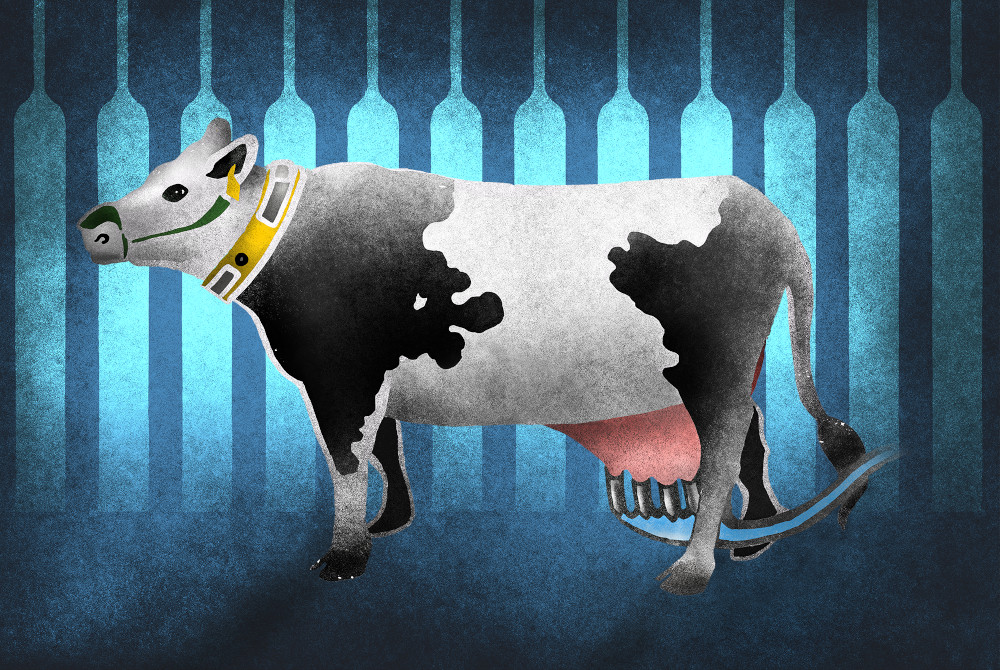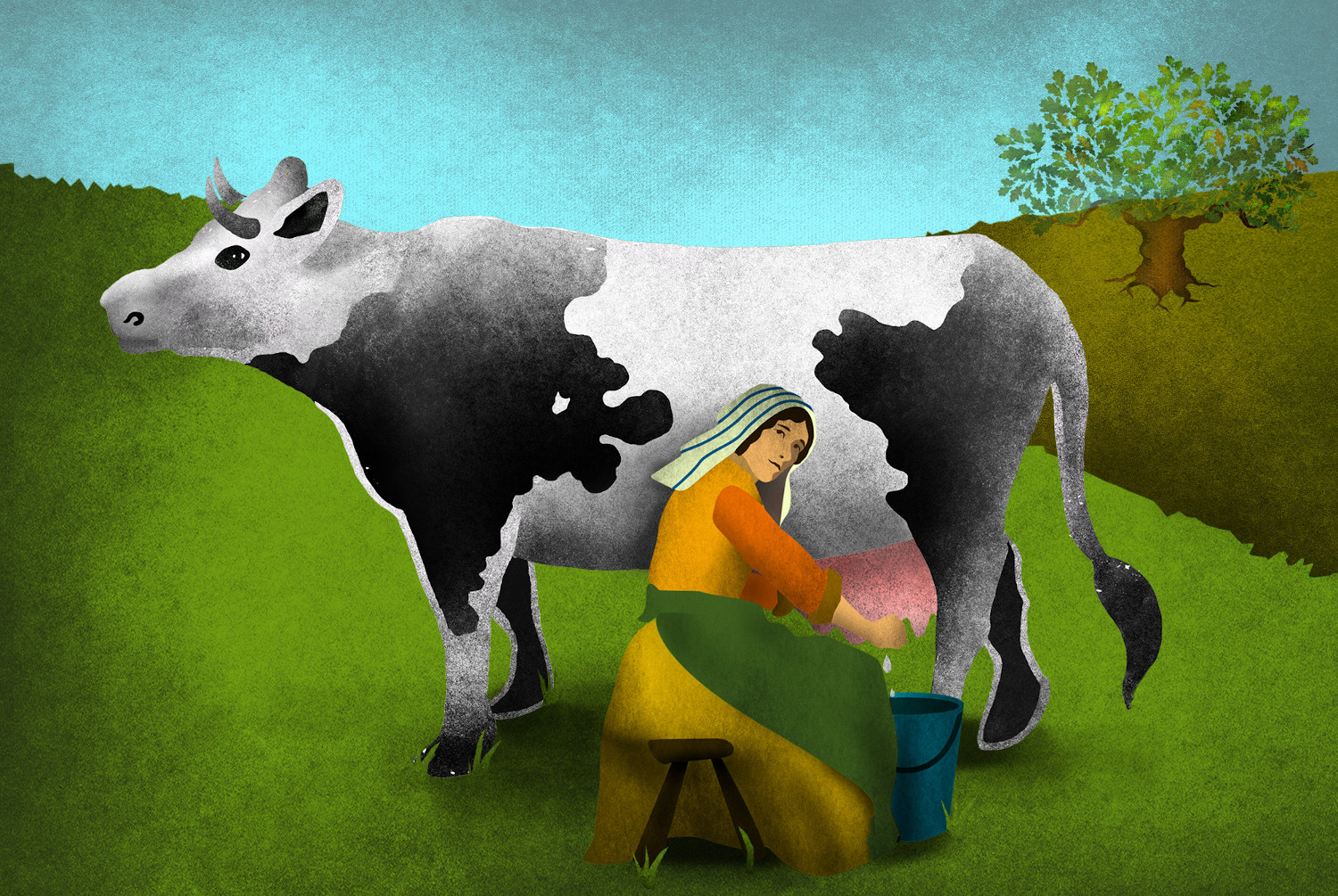

 close
close
There’s now a plethora of startups competing to sell various forms of livestock surveillance gadgets and fitbits to monitor the animals’ movements, hormonal cycles, health and behaviour. Most of these factors are essential to achieving one key objective: a higher pregnancy rate. A sick cow, after all, is an unproductive cow.
 close
close
Selective breeding for particular traits using a very limited gene pool has resulted in extreme inbreeding. Virtually all the world’s Holsteins, a top breed of dairy cow, descend from just two bulls bred in the 1960s. Here are some of the genetics megacorporations which supply semen and embryos from select parentage to farms across the world.
 close
close
The government is currently pushing through a bill to deregulate the research and sale of gene-edited food. Gene editing is a form of genetic modification which involves adding, removing or modifying the genes of organisms. For example, to produce meatier beef cattle, or cows who produce less methane. Whilst presented as a precise technology, critics say that isn’t the case and that there are serious risks involved, pointing to disasters such as the gene-edited hornless cattle who accidentally received DNA from bacteria during the experiment.
 close
close
Zelp (Zero Emissions Livestock Project), a startup launched at the Royal College of Art, has developed cattle masks which convert methane to CO2, as a technofix for the meat and dairy industries’ enormous carbon emissions. Cargill, agribusiness giant and animal feed provider linked to massive Amazon deforestation, will be the exclusive distributor of this “green” technology in Europe.
 close
close
Some companies are now promoting “virtual fencing” through livestock collars which emit sounds, then shocks, to dissuade the animals from going near the edges. The “fences” are determined by the farmer, usually through an app, and are invisible. The animals must learn to avoid the “fence” by associating it with the shock and sound, but some animals never learn how it works.
Companies working in this field include: US startup, Vence; New Zealand firms Halter and Gallagher; and Norwegian company, NoFence.
 close
close
Over the course of the 20th century, hand milking was replaced by a combination of automated and manual processes. The total robotisation of the milking process, which works through a system of checkpoints, sensors and collars, has been growing since the 1990s. Being corralled and controlled by unseen machine systems is likely to be confusing and disorientating for the animals.